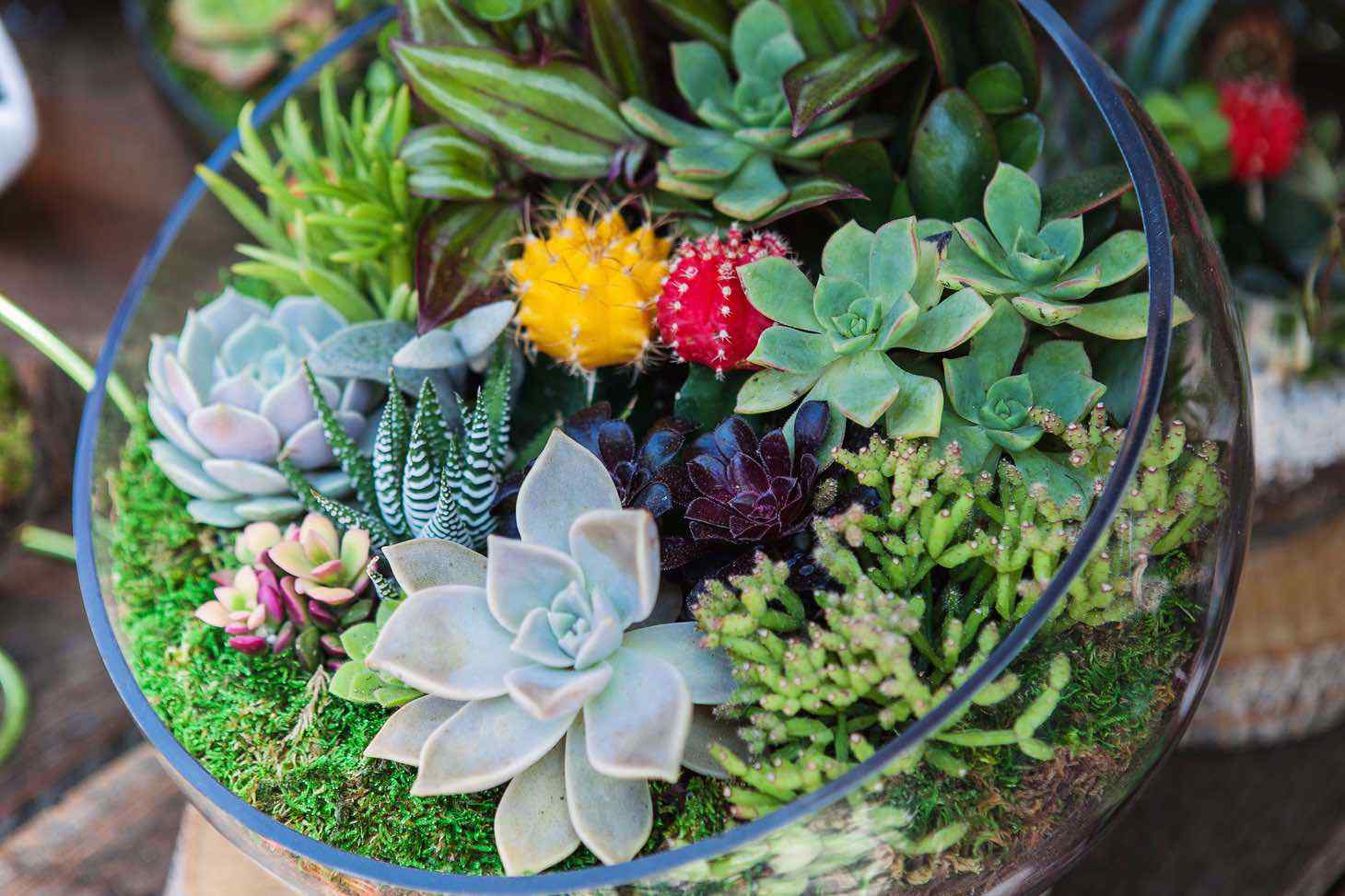DIY Succulent Terrarium
A DIY succulent terrarium is a fun and easy project that adds a touch of natural green to any space. These mini gardens are perfect for small homes or offices where space is limited. You can create a beautiful succulent terrarium in just a few simple steps using fairly common materials.
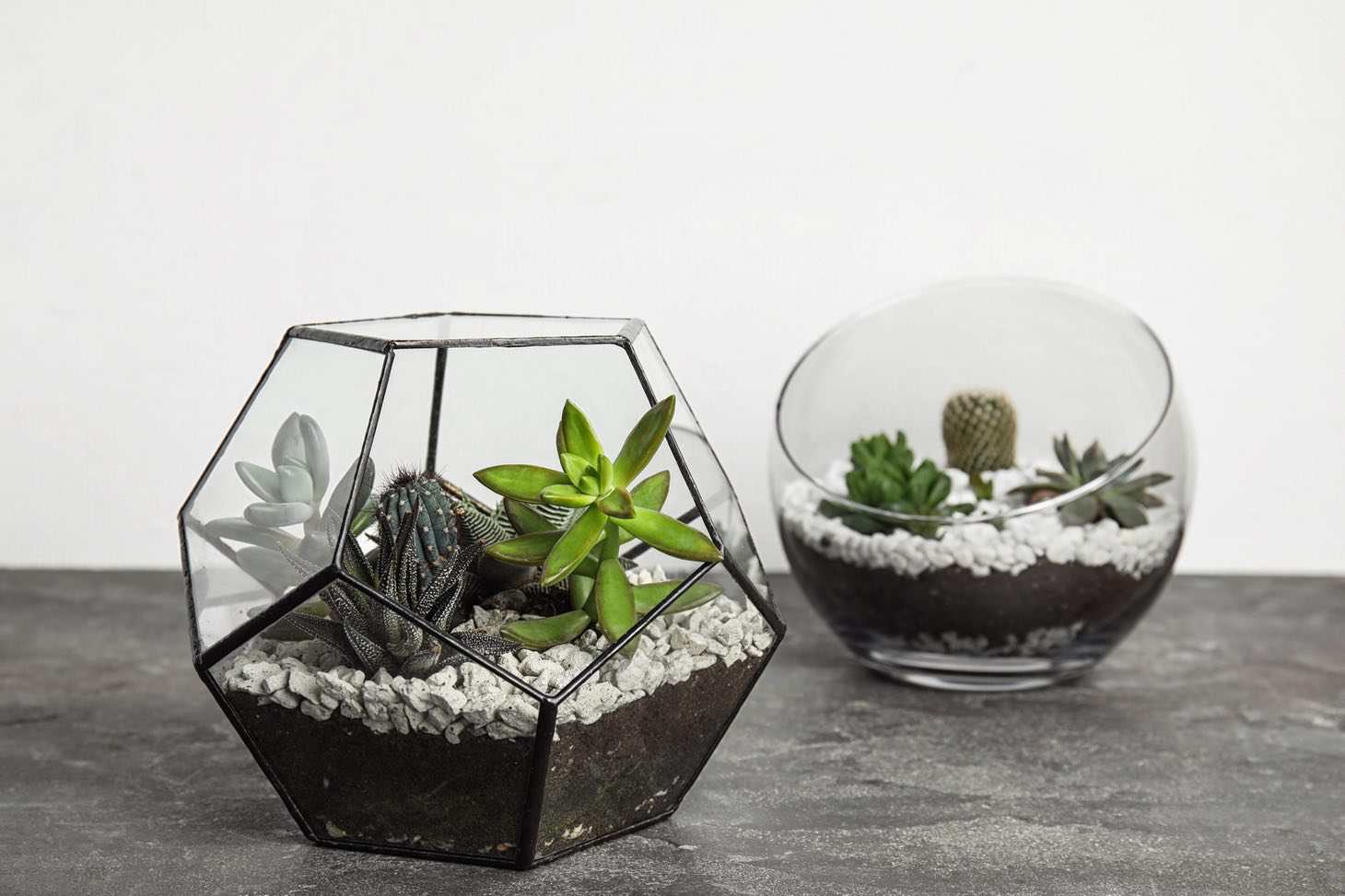
Succulents are great for terrariums because they’re low-maintenance and come in many shapes and sizes. To get started, you’ll need a glass container, some small succulents, gravel, succulent potting soil, and decorative elements like rocks or figurines. The key is to layer your materials properly to ensure good drainage and prevent root rot.
Once you’ve assembled your terrarium, caring for it is a breeze. Succulents don’t need much water, so you’ll only need to give them a light misting every few weeks. Place your terrarium in a spot with bright, indirect light and watch your mini garden thrive. It’s a great way to enjoy plants indoors without taking up too much time or space.
Key Takeaways
- Succulent terrariums are easy to make and perfect for small spaces
- Proper layering of materials is crucial for plant health
- Minimal watering and bright indirect light keep succulents happy
What You Need
Creating a DIY succulent terrarium is fun and easy. You’ll need a few key items to get started. Let’s go over the essentials for how to create a succulent terrarium.
Choosing Your Succulents
Pick succulents that stay small and grow slowly. Good choices include:
- Echeveria
- Haworthia
- Sedum
- Crassula (Jade plant)
Look for plants with different shapes, colors, and textures. This adds visual interest to your terrarium. Buy healthy plants without brown or yellow leaves. Make sure they’re not too big for your container.
Decide how many plants you want. A good rule is one larger succulent as a focal point with 2-3 smaller ones around it. Do this when you are new and you’ll feel successful. As you gain more experience you can make more complex terrariums with more plants.
Selecting the Right Container
Choose a clear glass or plastic container. It should have an opening wide enough for your hand. Some options are:
- Fish bowls
- Mason jars
- Glass vases
- Old aquariums
- Store-bought terrarium containers
Make sure your container has no lid. Succulents need air flow to thrive. Pick a size that fits your space and the number of plants you have.
The shape matters too. Round containers look nice but can be harder to plant in. Square or rectangular ones give you more room to work.
Types of Soil and Layers
You’ll need special soil and layers for your terrarium (bottom to top):
- Drainage layer: Small pebbles or gravel (1-2 inches deep)
- Charcoal layer: Activated charcoal (thin layer)
- Soil layer: Cactus or succulent potting mix
The drainage layer stops water from pooling at the bottom. Charcoal keeps the soil fresh, healthy and can absorb excess fertilizer should you use some. Use a soil mix made for succulents. It drains well and doesn’t hold too much water.
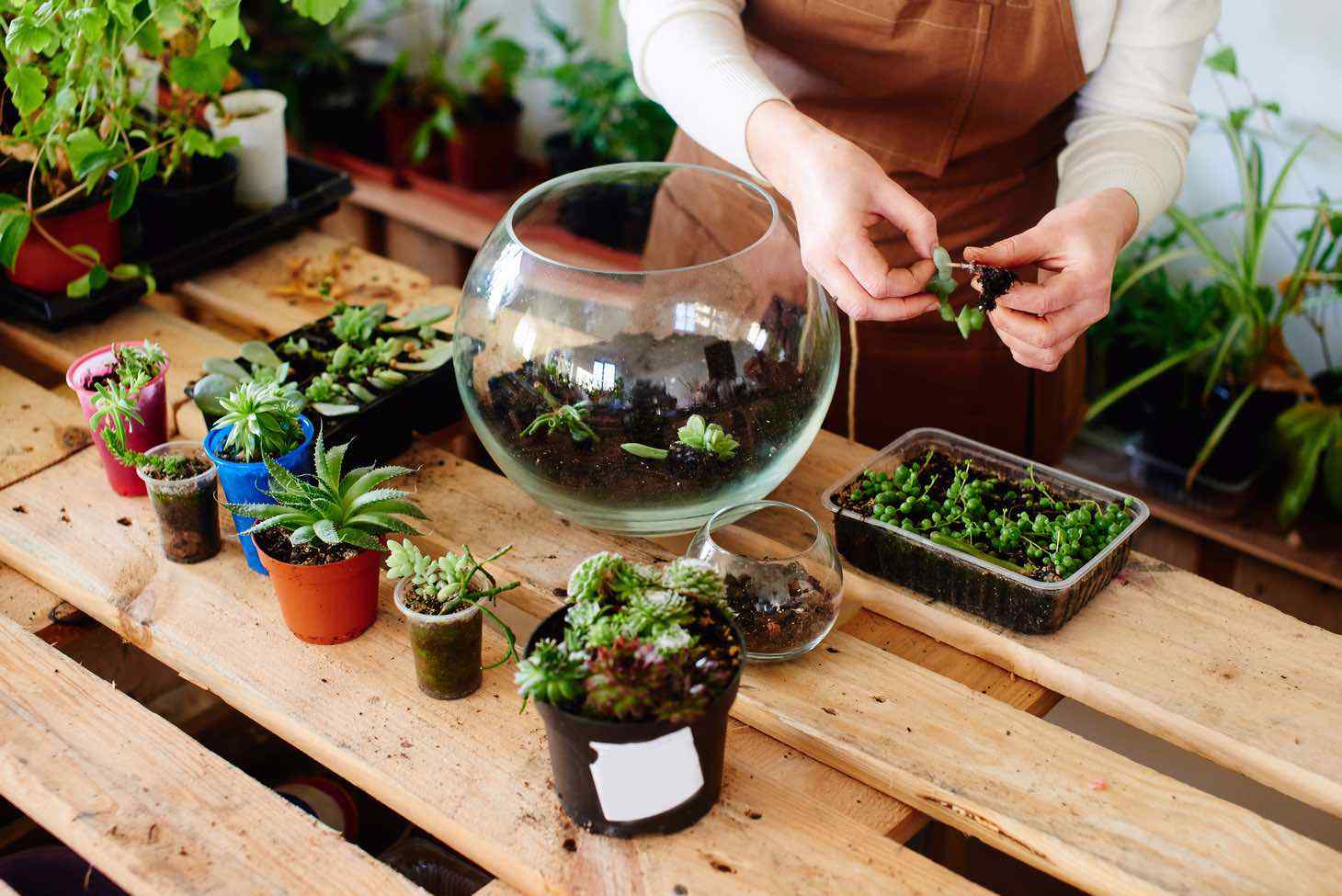
You can buy these items at garden stores or online. Don’t use regular potting soil. It’s too heavy and holds too much water for succulents.
Decorative Elements
Add some flair to your terrarium with decorations:
- Colored sand or pebbles
- Small figurines or toys
- Crystals or geodes
- Driftwood or bark pieces
Choose items that fit your style and the size of your container. Don’t overcrowd the space. Leave room for your plants to grow.
You can also use moss to cover bare soil. Just make sure it’s dried moss, not living. Living moss needs different care than succulents.
Remember, less is often more with decorations. You want your succulents to be the stars of the show.
Terrarium Assembly Steps
Building a succulent terrarium is fun and easy. Follow these steps to create your own mini garden oasis. With a few simple materials and some creativity, you’ll have a beautiful terrarium in no time.
Layering the Foundation
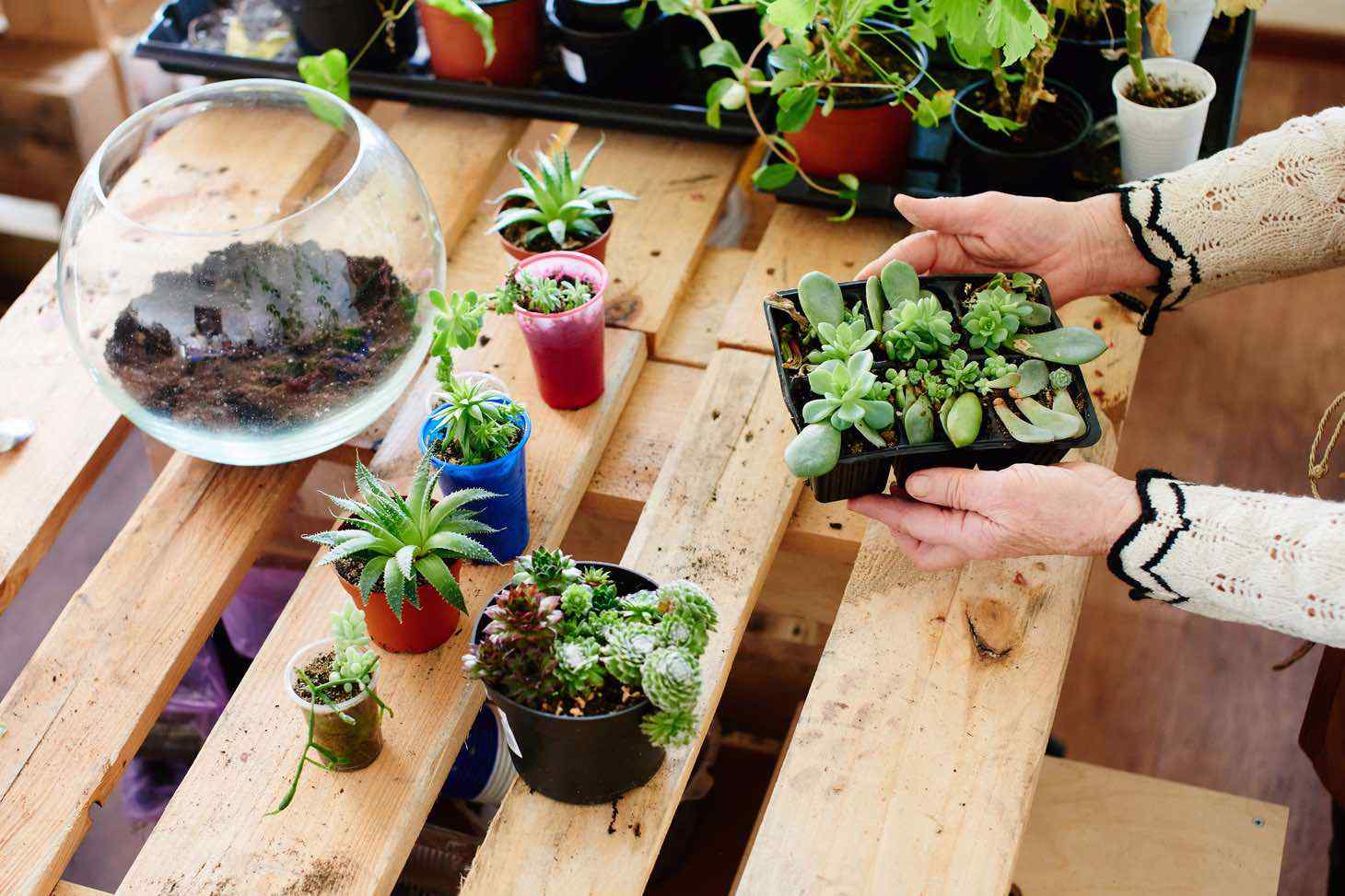
Start with a clean glass container. Add a 1-inch layer of small pebbles or gravel at the bottom. This helps with drainage and prevents root rot.
Next, put a thin layer of activated charcoal over the rocks. The charcoal keeps the soil fresh and absorbs odors.
Add cactus or succulent potting mix on top. Fill the container about 1/3 full. Gently pat down the soil, but don’t pack it too tightly.
Use a small shovel or spoon to create little hills and valleys. This adds visual interest and gives your plants different depths to grow in.
Planting the Succulents
Remove your succulents from their pots. Gently shake off extra soil from the roots. Make small holes in the succulent soil for each plant.
Place your largest succulent first. This will be the focal point. Add medium-sized plants next, then fill in with smaller ones.
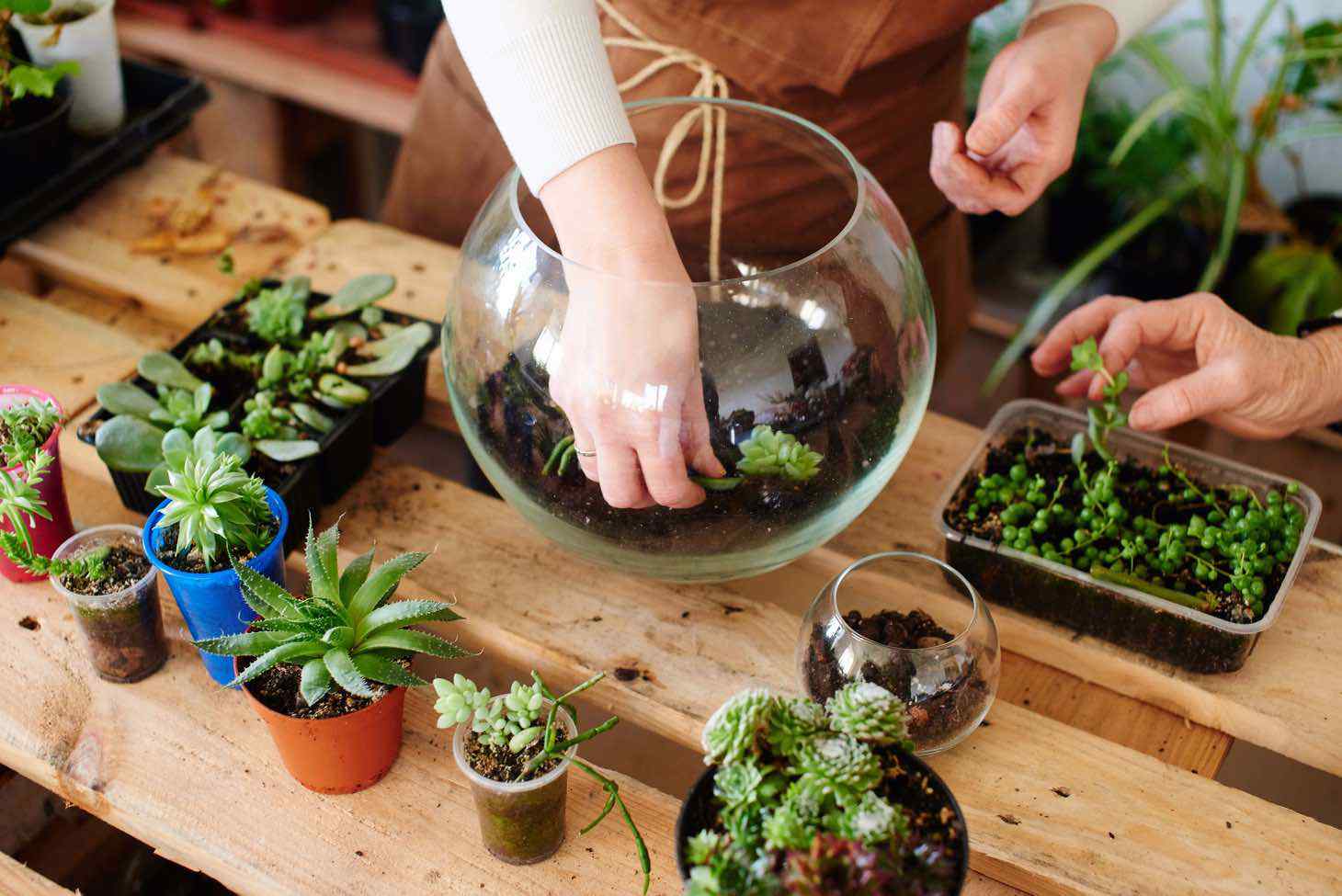
Leave some space between plants. They need room to grow. Succulents don’t like to be crowded.
After placing each plant, add a bit more soil around the base. Press down lightly to secure it in place.
Adding Finishing Touches
Sprinkle small pebbles or colored sand on top of the soil. This looks nice and helps keep moisture in the soil.
Add fun decorations like mini figurines, crystals, or sea glass. Be creative! Just don’t overcrowd your plants.
Use long tweezers to place items in hard-to-reach spots. This helps you get everything just right without disturbing the plants.
Give your terrarium a light misting of water. Don’t overwater – succulents like it fairly dry.
Place your new terrarium in a spot with bright, indirect light. Enjoy your little garden!
Care and Maintenance
Keeping your succulent terrarium healthy is simple if you follow a few key steps. Your mini garden needs the right amount of water, light, and occasional pruning to thrive.
Watering Requirements
Don’t overwater your succulents. They need less water than most plants. Water them once the soil is completely dry. For most terrariums, this means watering every 2-3 weeks.
Use a spray bottle or small watering can with a thin spout. This helps you control the amount of water and avoid getting leaves wet.
When you do water, give the soil a good soak. Make sure excess water can drain out. Empty any water that collects at the bottom of the container.
Sunlight and Placement
Put your terrarium in a spot with bright, indirect light. A south or east-facing window is often ideal. Avoid direct afternoon sun, which can be too harsh.
Rotate your terrarium every few weeks. This helps all sides of your plants get even light exposure.
If your succulents start to stretch or lean towards the light, they need more sun. Move them to a brighter spot.
In rare cases during winter, you might need to use a grow light to give your plants enough light. You’ll know based on how your plants are doing.
Pruning and Upkeep
Remove dead leaves as soon as you notice them. This keeps your terrarium looking neat and prevents rot.
If a plant grows too big, trim it back. Use clean, sharp scissors to cut off excess growth.
Some succulents drop leaves as they grow. Pick these up to keep your terrarium tidy.
Check for pests like mealybugs or spider mites. If you spot any, remove them with a cotton swab dipped in rubbing alcohol.
Every few months, gently brush off any dust that collects on the leaves. This helps your plants breathe better.
Troubleshooting Common Issues
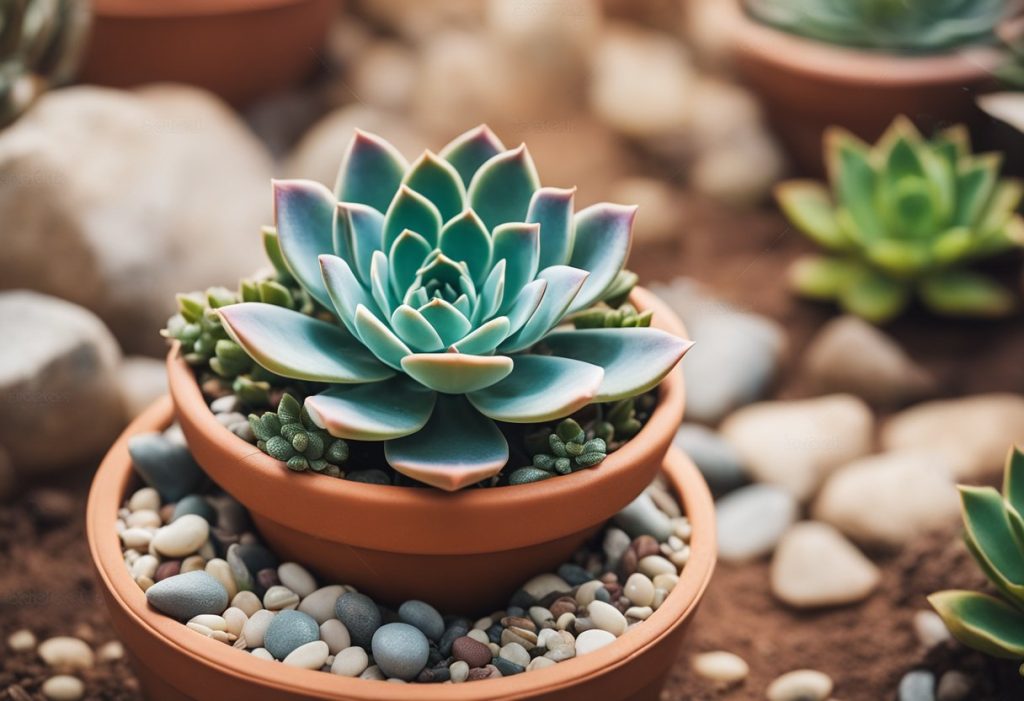
Taking care of a succulent terrarium can be tricky. Let’s look at some problems you might face and how to fix them.
Overwatering Signs and Solutions
Overwatering is a big problem for succulents. Watch for yellow leaves and mushy stems. These are signs your plants are getting too much water.
To fix this, take the plants out of the terrarium. Let them dry for a day or two. Check the soil too. If it’s soggy, replace it with fresh, dry soil.
Water less often. Only water when the soil is completely dry. Use a spray bottle for light watering.
Pest Problems
Tiny bugs can invade your terrarium. Look for small flies or white fuzzy spots on leaves. These are signs of pests.
Remove infected plants right away. Clean the terrarium with soap and water. Let it dry fully before replanting.
Use neem oil to keep pests away. Mix a few drops with water in a spray bottle. Spray your plants once a week.
Preventing Mold and Decay
Mold and decay can ruin your terrarium. They happen when there’s too much moisture.
Make sure your terrarium has good air flow. Open the lid for a few hours each day.
Remove dead leaves quickly. They can rot and spread decay to healthy plants.
Use activated charcoal in your soil mix. It helps absorb extra moisture and keeps the air fresh.
Design Tips and Ideas
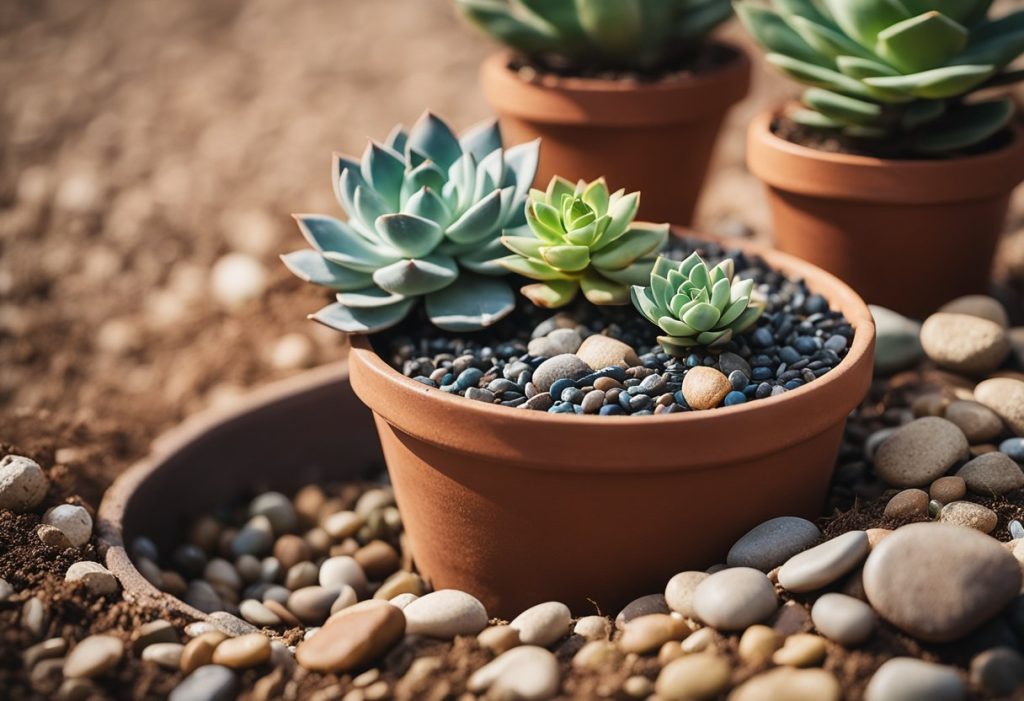
You can get creative when designing your succulent terrarium. Pick a theme that speaks to you, like a desert oasis or a fairy garden. Choose containers with interesting shapes or colors to make your terrarium stand out.
Group succulents with similar light and water needs together. This makes care easier. Vary the heights and textures of your plants for visual interest. Taller plants look great in the back, with shorter ones in front.
Add some fun decorative elements to your terrarium. Small figurines, colored stones, or driftwood can create a unique scene. Just don’t overcrowd the space – leave room for your plants to grow.
Play with different layers in your terrarium. Use colored sand or pebbles to create patterns between plant groupings. This adds depth and interest to your design.
Try these arrangement ideas:
- Spiral pattern
- Alternating rows of different succulent types
- Asymmetrical grouping with a focal point plant
Remember to leave some open space. A cluttered terrarium can look messy and stressed if you are not careful. Give your succulents room to thrive and show off their natural beauty.

